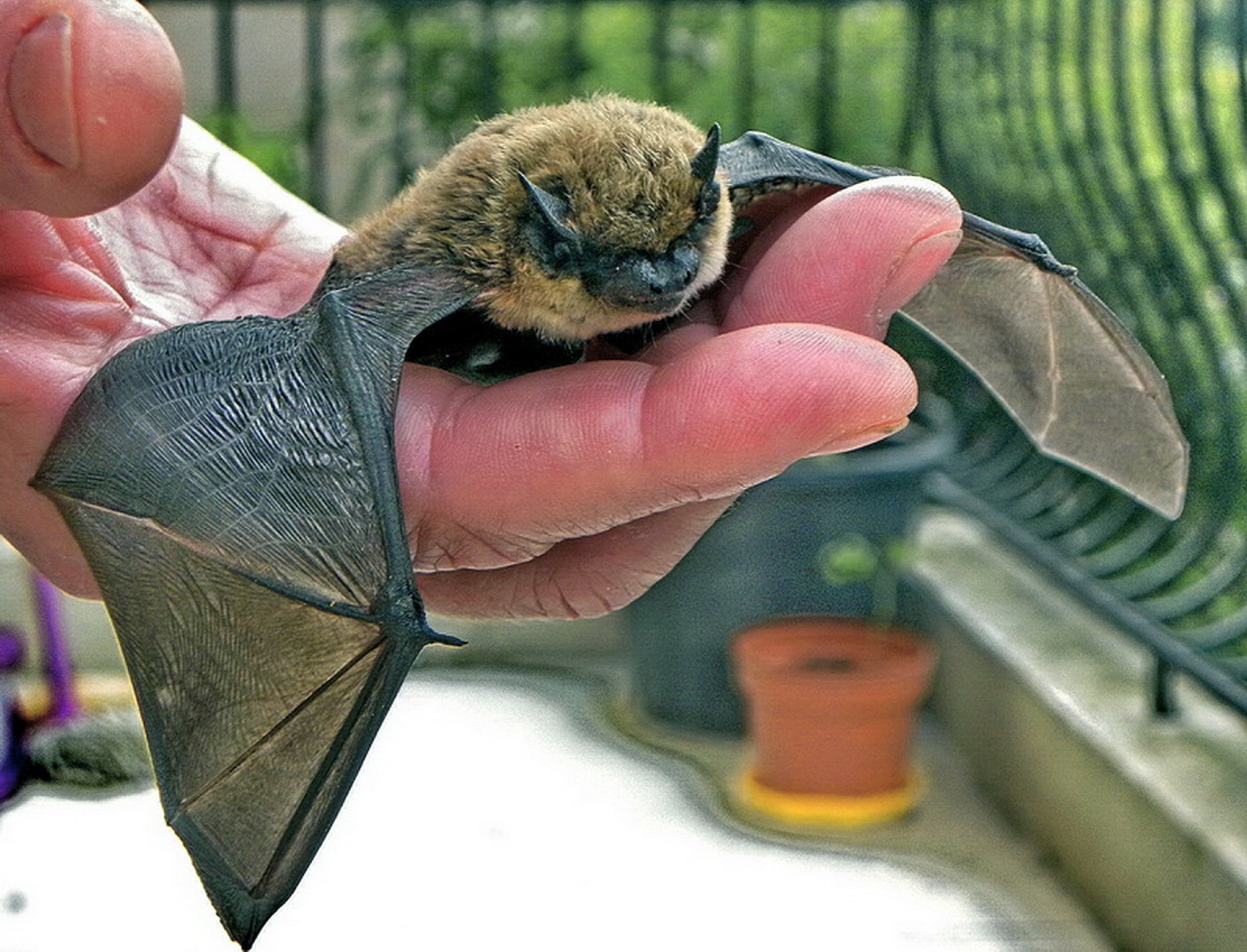Savi's pipistrelle
A species of Hypsugo Scientific name : Hypsugo savii Genus : Hypsugo
Savi's pipistrelle, A species of Hypsugo
Botanical name: Hypsugo savii
Genus: Hypsugo
Content
Description General Info
Description
The savi's pipistrelle is a bicolored bat and can be found along the coasts and mountains of the Mediterranean Sea. These bats often roost small groups in rock crevices, tree hollows, and some home roofs and attics. Populations can be harmed if these roosts are disturbed. The savi's pipistrelle catches its prey in flight, saving farmers from pest insects, like moths and aphids.
Size
4.5 - 5 cm
Life Expectancy
1 year
Nest Placement
Building
Feeding Habits
Savi's pipistrelle primarily consumes flying insects, employing agile aerial hunting techniques. This species forages at dusk, showcasing significant maneuverability. A unique dietary adaptation includes echolocation for precision in capturing prey mid-flight.
Habitat
Bushy slopes with clumps of trees, scrubland, cliffs, gorges, ruins under the bark of trees, rock clefts, hollow trees, holes in walls, buildings under rafters and roof tiles. In winter, near the entrances of caves, underground vaults, deep rock crevices
Dite type
Insectivorous
General Info
Feeding Habits
Bird food type
Behavior
Savi's pipistrelle primarily exhibit nocturnal and aerial behavior, engaging in insectivorous feeding habits. They're generally solitary but may form small groups in winter. Interestingly, this species displays vertical hanging during rest and uses echolocation for navigation and prey detection. Unlike many counterparts, savi's pipistrelle do not undergo hibernation, but may become torpid to conserve energy.
Distribution Area
Savi's pipistrelle is native to the Mediterranean region of southern Europe, North West Africa, the Middle East, central Asia, Mongolia and northern Japan. It also occurs in the Canary Islands, Switzerland and Austria and has been recorded from Slovakia. It mainly occurs in mountainous regions where it is found at altitudes of up to 2,500 metres (8,200 ft). It favours bushy slopes with clumps of trees, scrubland, cliffs, gorges and ruins. In the summer it hides by day under the bark of trees, in rock clefts, in hollow trees, in holes in walls, in buildings under rafters and roof tiles. In winter it seeks more protected places to roost such as near the entrances of caves, in underground vaults and in deep rock crevices, where it normally hides alone. 
Scientific Classification
Phylum
Chordates Class
Mammals Order
Bats Family
Evening birds Genus
Hypsugo Species
Savi's pipistrelle 